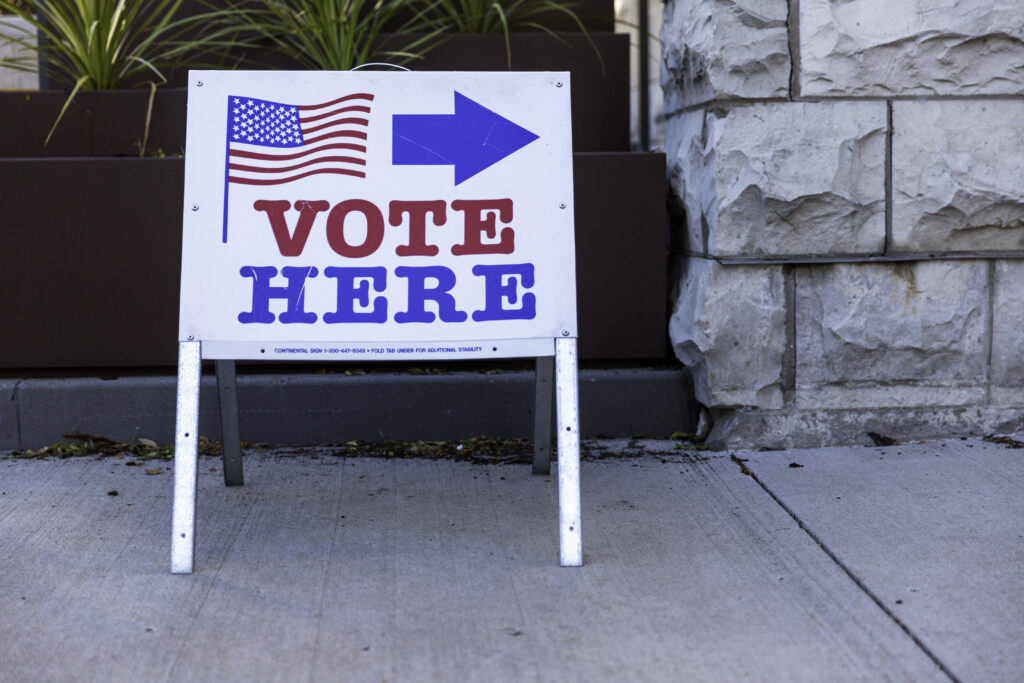As time progresses and memory fades into legend, history’s mists may obscure heroes’ rough edges and imperfections. In How Alexander Hamilton Screwed Up America, conservative author and speaker Brion McClanahan takes up the task of dispelling the myths surrounding American Founding Father and former Secretary of the Treasury Alexander Hamilton, including those conveyed by Lin-Manuel Miranda’s popular Broadway play.
Although his footnoting and documentation is impeccable, McClanahan’s critical analysis of Hamilton’s legacy is perhaps too thorough and certainly too negative in my view, leaving one wondering whether any hero’s story can withstand such withering scrutiny.
Masters of Government Expansionism
McClanahan characterizes Hamilton, Supreme Court justices John Marshall and Joseph Story, and 20th century disciple Supreme Court Chief Justice Hugo Black, as central figures in the increase of the federal government’s power at the expense of the states and the people.
Hamilton redefined the relationship between the government and the governed in the United States, McClanahan writes, telling his contemporaries one thing and doing another once in power.
“To be blunt, Hamilton’s ‘American nation’ is little more than a fraud,” McClanahan writes. “Step by step, Hamilton refocused the way even men of his own generation thought about the central government. He sold them a bill of goods during ratification and then pulled the rug out from under them once in power. His arguments in favor of ‘loose construction’ forged the constitutional underpinnings of every Supreme Court decision that upheld his agenda, both during the Marshall Court and into the twenty-first century.… The United States Constitution was never intended to be interpreted the way Hamilton, Marshall, Story, and Black insisted it was during their political and legal careers. The evidence is all against them.”
Dramatic Reenactments
My primary criticism of How Alexander Hamilton Screwed Up America is McClanahan’s dramatization of pivotal debates for which no primary records exist. There are, of course, no video cameras or audio recordings of the ratification debates over the Constitution, and C-SPAN did not gain access to a time machine for broadcasting the discussions.
The inclusion of such details makes for gripping reading, but they detract from the book’s nonfictional purpose. Such audiovisual details are not provable and hence have no evidentiary value.
Making the Indictment
McClanahan’s main indictment against Hamilton is his creation of a national banking system, an invention clearly uncalled for, and perhaps not even allowed, by the United States Constitution.
Hamilton’s push for a national banking system, McClanahan writes, facilitated expansion of federal power, breaking open the dam for future generations of lawmakers to build on his work empowering Washington, DC over the states and the people.
“Hamilton’s proposals to Congress for the reorganization of American finances rested on the creation of a central banking system,” McClanahan writes.
Behind-the-Scenes Intrigue
Another milestone on the route along which McClanahan traces America’s decline is the Whiskey Rebellion of 1794, a pivotal moment defining the relationship between the states and the national government.
Although the official trigger of the rebellion was the newly created whiskey tax’s unequal effects on western farmers, Hamilton saw the rebellion as a manifestation of foreign powers meddling in American affairs, McClanahan writes.
“The Whiskey Rebellion cannot be viewed in a vacuum,” McClanahan writes. “Certainly, hard feelings over what frontier farmers considered unjust and illegal taxation had started the scuffle, but to Hamilton and other members of his faction, these backwoods tax dodgers filled with liquid courage were simply a manifestation of French Jacobins who intended to erect guillotines on American soil to start lopping off heads, maybe even his own.”
Hamilton’s desire to maneuver the United States toward Great Britain and away from France, McClanahan argues, led to the creation of the unilateral executive, in which the president, not Congress, would take charge of foreign relations.
In “Pacificus Number 1,” published on July 29, 1793, Hamilton explained this new theory of the powers of the president, much different from the explanation given during the arguments over the ratification of the Constitution, McClanahan writes.
“Hamilton concluded that the ‘Executive Power’ being vested in a president of the United States of America implied that its powers were ‘subject only to the exceptions and qu[a]lifications which are expressed in the instrument.’ Executive power was unlimited except for those “qualifications” where Congress had a concurrent role, namely ‘the participation of the Senate in the appointment of Officers and the making of Treaties’ and ‘the right of the Legislature to “declare war and grant letters of marque and reprisal.”‘ This was not how the executive branch was sold to the states during ratification, nor how it was presented in the Philadelphia Convention in 1787.”
Well-Researched Retelling
How Alexander Hamilton Screwed Up America is a thought-provoking, well-researched critique of Hamilton’s legacy. There is no question about the quality of the author’s scholarship, which he supports with hundreds of references. It’s the conclusions and characterizations which I find arguable.
Readers looking for a challenge to their assumptions and knowledge of American history will be well-served by the book, regardless of whether one agrees or disagrees with the author’s opinions.





